The Round Tower of Ardmore, County Waterford, is one of Ireland’s most impressive and historically significant structures. Built-in the 12th century, this remarkable tower not only showcases exquisite craftsmanship but also serves as a testament to the rich ecclesiastical heritage of Ardmore. Let’s delve into the secrets of this iconic landmark and explore its fascinating history.
Architectural Marvel
Standing approximately 30 meters tall and measuring about 5 meters in diameter at its base, the Ardmore Round Tower is a striking example of medieval architecture. Its unique design features three distinct external ring courses that taper elegantly toward the top, giving it a needle-like appearance. This architectural style is aesthetically pleasing and functional, as it was designed to withstand the elements and protect its inhabitants during times of conflict.
One of the most intriguing aspects of the tower is its elevated doorway, positioned about 4.2 meters above ground level. This strategic placement required a long ladder for access, allowing monks to retreat to safety during raids. The grooves worn into the stone threshold by repeated use of ladders can still be seen today, offering a tangible connection to the past.
Historical Significance
The Round Tower was likely constructed during a power struggle between Ardmore and nearby Lismore during the 12th century. As local elites sought to assert their dominance, they used architecture to demonstrate their power. The tower served as a bell tower and as a refuge for monks and valuable manuscripts during Viking raids.
Ardmore’s Round Tower is believed to be one of the last built in Ireland, making it an important piece of architectural history. It reflects the transition from earlier wooden structures to more durable stone designs that characterized medieval monastic life.
A Site of Pilgrimage
The site surrounding the Round Tower is rich with historical significance. It is believed to be associated with St. Declan, who founded one of Ireland’s earliest monasteries in the 5th century. The nearby Ardmore Cathedral and St. Declan’s Oratory further enhance the spiritual atmosphere of the area, attracting pilgrims and visitors alike.
Each year, on July 24th, St. Declan’s feast day, people gather at this site to celebrate his legacy, making it an enduring center of faith and community.
Archaeological Discoveries
Excavations around the base of the tower have revealed fascinating insights into its history. Archaeologists discovered human skeletons that predate the tower itself, suggesting that this site had been significant for centuries before its construction. Additionally, remnants of earlier structures indicate that Ardmore was a vital center for early Christian learning and spirituality.
The tower has also witnessed historical events, including a siege in 1642, when English troops attacked it during conflicts in Ireland. Marks from musket balls can still be observed on the west elevation, serving as reminders of its tumultuous past.
Conclusion
The Round Tower in Ardmore is more than just a historical monument; it symbolizes resilience and faith that has stood for nearly a millennium. Its architectural beauty and rich history invite visitors to explore and appreciate Ireland’s medieval heritage. As you stand at its base and gaze up at its towering presence, take a moment to reflect on the countless stories it holds within its stone walls—stories of monks seeking refuge, pilgrims paying homage, and communities coming together in faith.
Visiting Ardmore’s Round Tower offers a glimpse into Ireland’s past and an opportunity to connect with the enduring spirit of this remarkable village in Ireland’s Ancient East. Whether you’re an avid historian or simply seeking inspiration from nature and culture, Ardmore promises an unforgettable experience that will leave you enchanted by its beauty and history.
Citations:
[1] https://historicgraves.com/story/ardmore-round-tower
[2] https://www.tuatha.ie/ardmore-cliff-walk/
[3] https://www.ardmorewaterford.com/the-round-tower-ardmore/
[4] https://en.wikipedia.org/wiki/Irish_round_tower
[5] https://www.ardmorewaterford.com/be-moved-by-the-beauty-of-ardmores-round-tower/
[6] https://visionsofthepastblog.com/2017/10/03/ardmore-cathedral-and-round-tower-waterford-ireland/
[7] https://heritageireland.ie/unguided-sites/ardmore-cathedral-round-tower-and-oratory/
[8] https://curiousireland.ie/ardmore-roundtower-ardmore-county-waterford-10th-12th-centuries/
[9] https://en.wikipedia.org/wiki/St._Declan’s_Monastery
The Beauty Of Ardmore’s Round Tower
Step into Ardmore’s Golden Age of Saints and Scholars and visit the Round Tower of Ardmore. Trace the steps where Ireland’s pioneering saints and monks wrote some of the world’s greatest manuscripts. And, how they spread their learning and spirituality throughout Europe locked in the Dark Ages.
As all visitors are, be inspired by the incredible Round Tower of Ardmore. And, let your imagination take flight in the shadow of this tower as it stands, watching forever out over Ardmore Bay.
Ardmore’s Round Tower, built in the 12th century, is one of the best-preserved examples in Ireland. Round Towers were built by the monks of early Irish monasteries as places of refuge in case the monastery was attacked. If the monks suspected the monastery was in danger, they would move all their valuable books and treasures into the tower and pull up the wooden ladder. Though hostilities against monasteries increased with the Viking raids in the 9th century, monks were often in as much danger from native Irish chieftains.
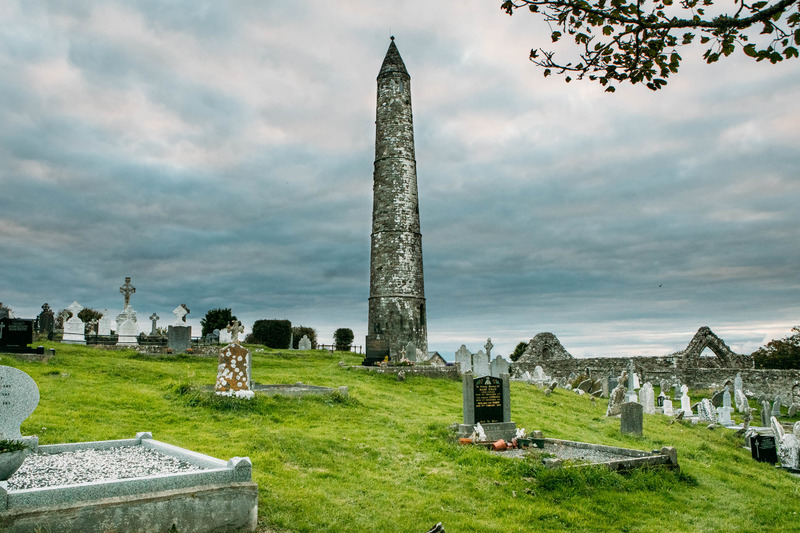
The Round Tower ranks highly in Ireland in terms of archeological importance. And, fortunately, the Ardmore tower is in an excellent state of preservation.
The tower is about 100 feet in height by 15 feet in diameter at the base. The door, placed at 16 feet from the ground, measures 6 feet high by 27 inches (tapering to 23 inches) in width, while the wall, measured at the door, is 40 inches thick.
Two particular features of our tower are so remarkable as to be, perhaps, unique.
First, sculptured corbel stones were projected between the inside floors. Second, the four projecting belts of masonry divide the tower into five zones or sections exteriorly.
As the tower is unprovided with lofts or ladders, access to the summit is impossible.
Excavations made at the tower’s base disclosed that the latter was erected possibly in an already existing cemetery. Skeletons were also found below the foundations. These were in such a position that the internment of the bodies must have been long prior to the building ‘of the tower. Read more about The Skeletons Of Ardmore Round Tower.
As our tower has unique characteristics, it can boast a history unique in the case of Round Towers. It was besieged in 1642 by English troops under Lords Dungarvan and Broghil. The garrison eventually surrendered, and all 120 of them, except such as were required for purposes of exchange, were summarily executed.
Read the fascinating eye-witness account of the https://www.ardmorewaterford.com/the-siege-of-ardmore-1642/
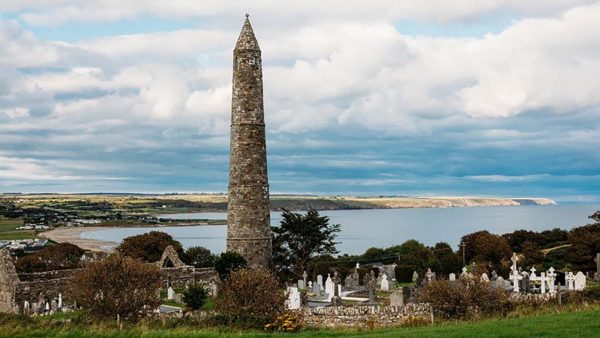
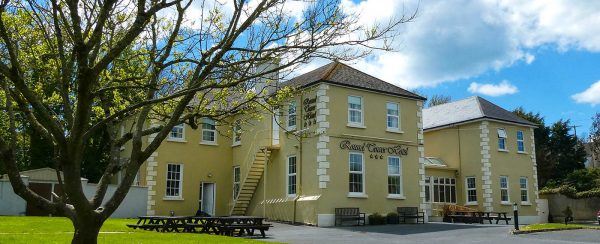

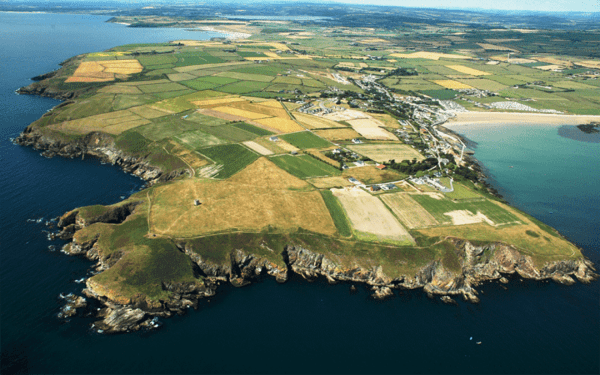

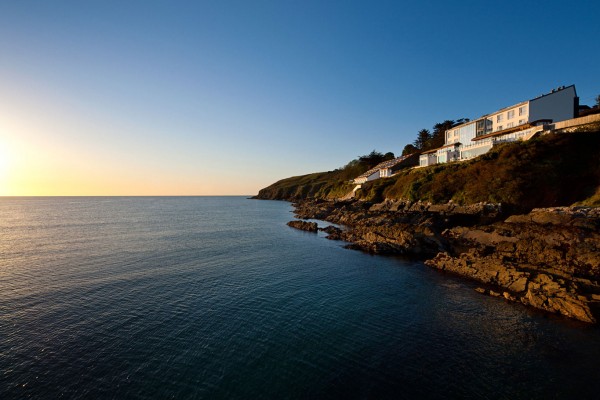
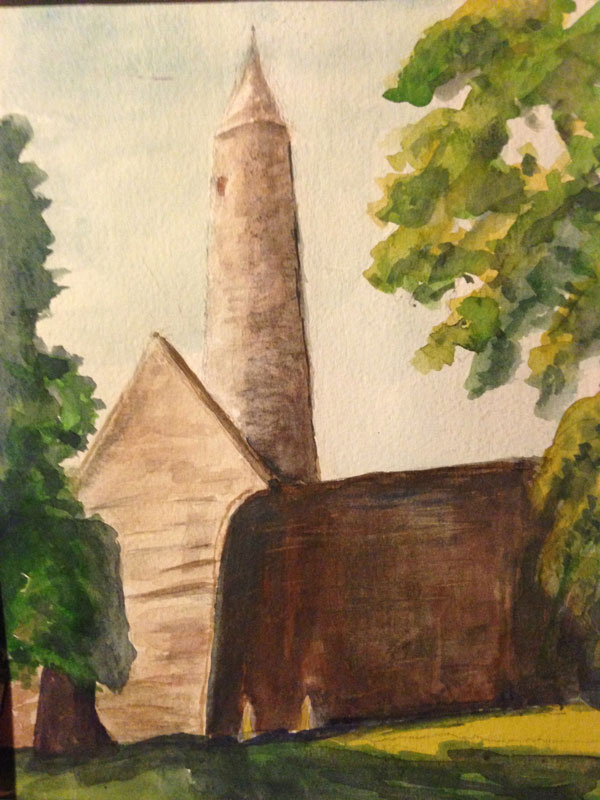
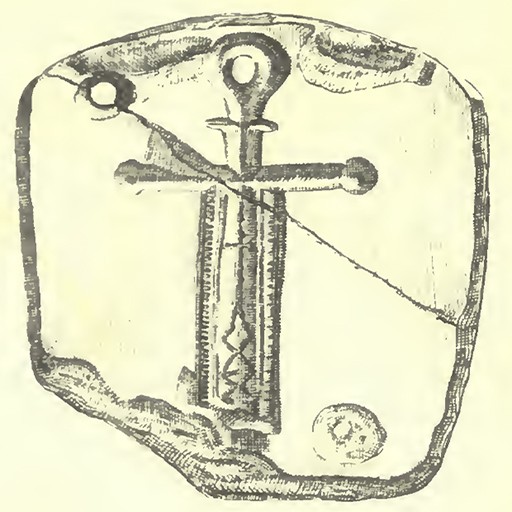
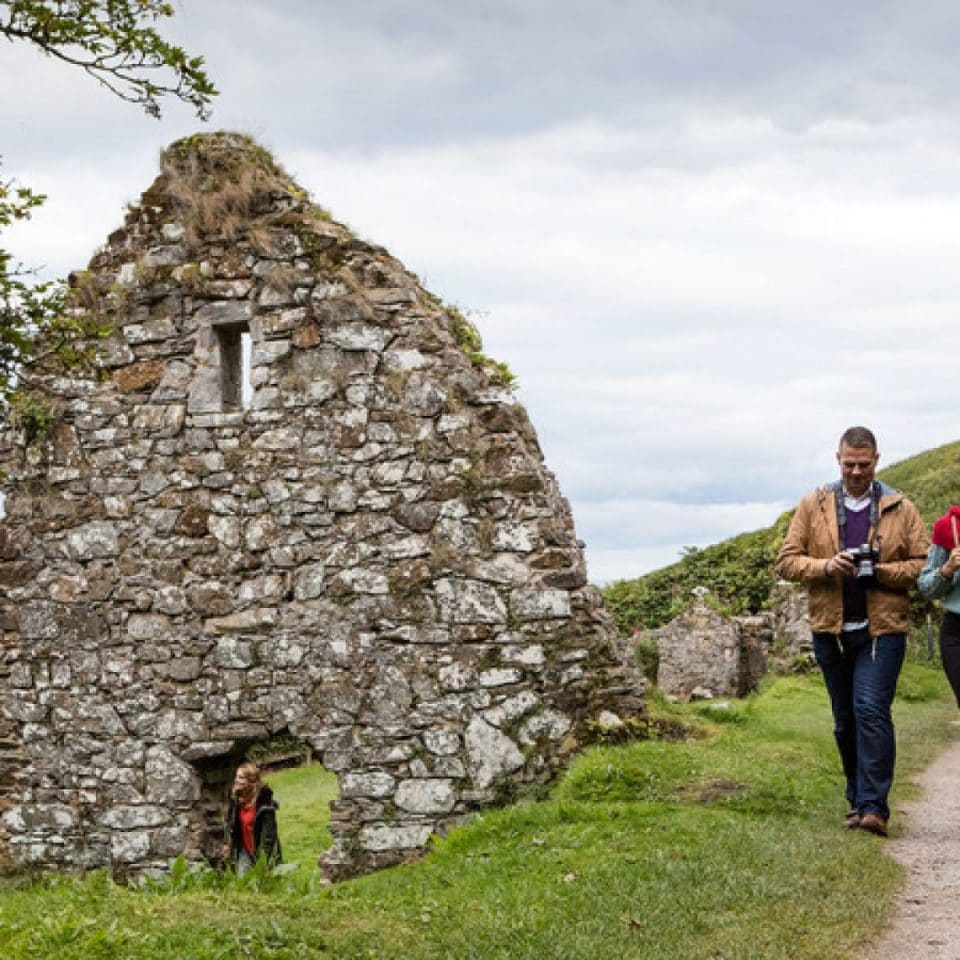


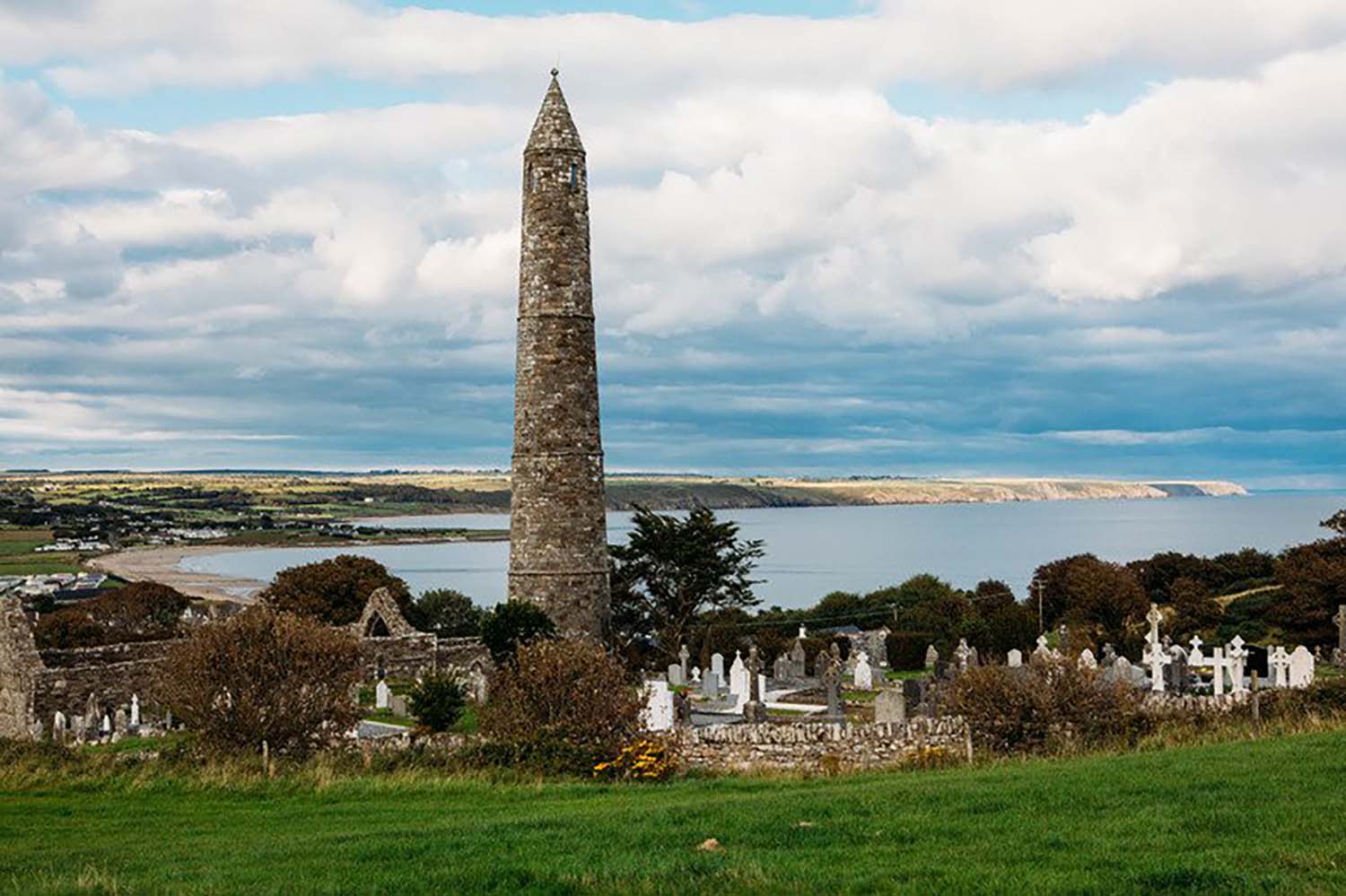
[…] the stunning Ardmore Cliff Walk to the historic Ardmore Round Tower and Cathedral, there is no shortage of attractions to explore in this charming […]
[…] http://www.roundtowerhotel.ie/rooms.html%5B4%5D https://www.ardmorewaterford.com/be-moved-by-the-beauty-of-ardmores-round-tower/%5B5%5D https://www.ardmorewaterford.com/the-round-tower-ardmore/%5B6%5D […]